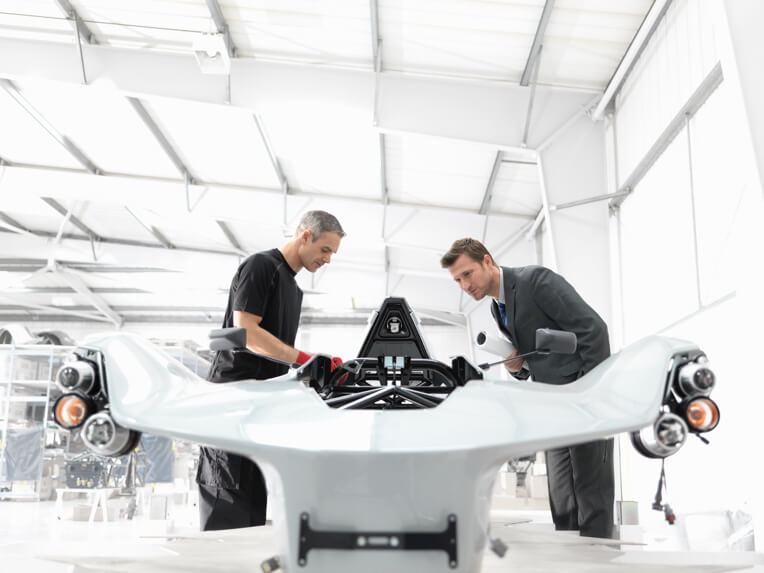Continue reading: Part Two
The EV is the spearhead of a much wider transformation – the move towards e-mobility. This is a multidisciplinary field that brings together mobility, energy, services and IT.
Read Part TwoHow the electric vehicle market will transform job creation across the global automobile industry
Electric vehicles: and the quest for new, sustainable jobs for the automotive workforce
The electric vehicle (EV) is no longer an outlier technology advocated only by environmental activists. It’s become a mainstream replacement for vehicles powered by an internal combustion engine (ICE).
Governments are now determined to address environmental issues, reduce their countries’ over-dependence on oil and boost their economies via job creation. These movements have resulted in major policy shifts within several countries, where the ICE is now set to be replaced by EV/hybrid technology:
At the same time, many of the world’s largest automakers and original equipment manufacturers (OEMs) have pledged to roll out EVs across their ranges to address these concerns as well. For example:

What’s the job market impact?
This seismic shift is no doubt set to disrupt the auto sector and its job market, transforming the industry beyond all recognition in several key areas including:
In the short term, traditional ICE-focused jobs will be impacted, but there is enormous potential for the creation of new roles. In the longer term, it has been estimated that the transition to EV could create up to 2 million additional jobs in Europe alone.
This potential growth in new opportunities could more than make up for predicted job losses. For instance, electric drivetrains (including batteries) require 40% less manufacturing labour than mechanical variants. In Europe, this could lead to 112,000 ICE-related jobs being affected (66,000 making powertrains, 46,000 making transmissions).
With or without the disruption caused by EVs, the auto sector remains committed to making efficiency gains at the cost of frontline employment.
In the past five years, Original Equipment Manufacturers have reduced the number of employees it takes to build 1,000 vehicles per year to 45, a 6% improvement.